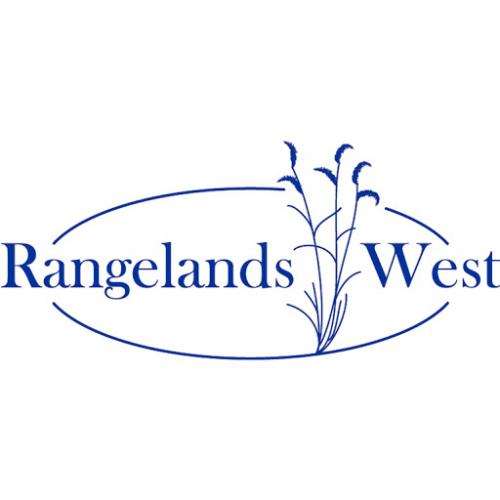The bunchgrass grwoth form, which is very prominent in water-limited environments, can result in considerable self-shading of photosynthetically active foliage. The consequences of this growth form for light interception and water-use efficiency (photosynthesis/transpiration, P/T) were investigated for two Agropyron species which differ in tussock density and degree of self-shading. during the period of most active gas exchange, the tussocks were very compact and photosynthesis of shaded foliage was markedly light-limited. Stomatal control of older shaded foliage was poorly attuned for water-use efficiency. At low light, P/T decreased and intercellular CO2 concentrations increased. Despite differences in architecture and amount of shaded foliage, P/T of whole tussocks under ambient field conditions did not differ between these species. Partial defoliation decreased, rather than increased, P/T, primarily as a result of the poor photosynthetic light harvesting by the remaining foliage. Despite self-shading, the architecture of widely-spaced bunchgrasses provided for interception of as much direct bean solar radiation as is calculated for a rhisomatous grass occupying and area six-fold greater than the ground area underneath the camopy of these bunchgrasses.

Articles, citations, reports, websites, and multimedia resources focused on rangeland ecology, management, restoration, and other issues on American rangelands.